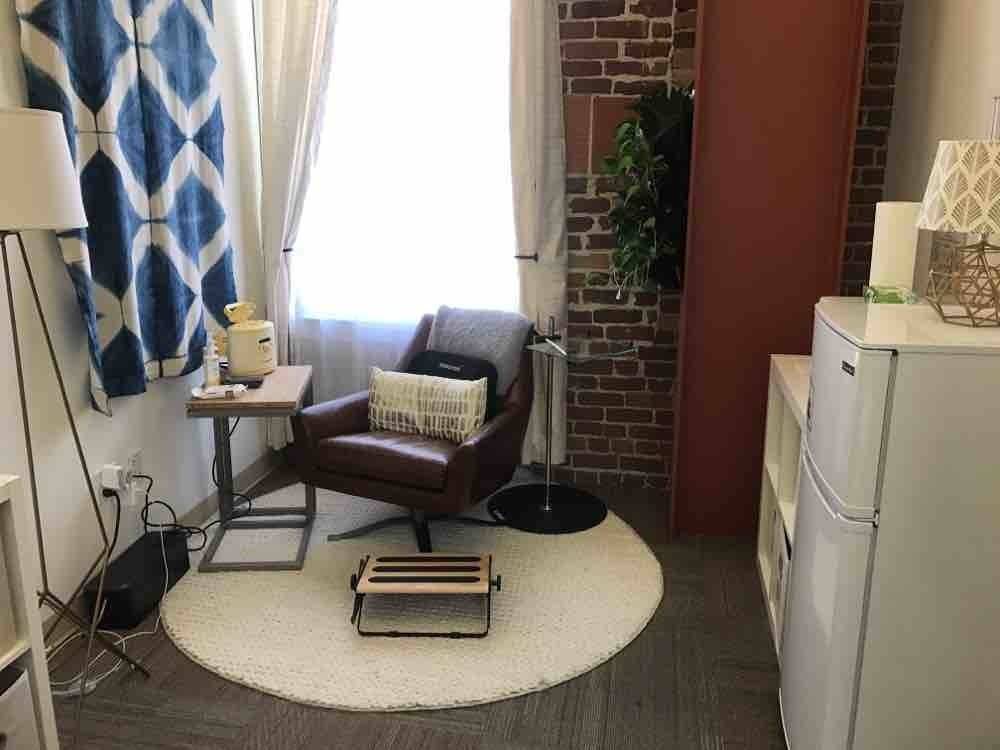No Products in the Cart
In 2017, the city of San Francisco passed a Lactation in the Workplace Ordinance. This ordinance is more detailed and covers for items than both the Federal and California state laws on lactation in the workplace. It defines minimum standards for lactation accommodation spaces and lactation accommodation best practices including technical specifications of a lactation room. The ordinance came into effect January 2018 and since then we’ve received many questions from employers about how this ordinance affects them and what they need to do to be in compliance. Enforcement of fines will officially begin January 2019. Let’s take a look what is required in the ordinance and how it differs from the state and federal laws.
This local law gives further protections to the mother, and takes precedence over the state and federal laws. The San Francisco Lactation Ordinance applies to any person employed within the geographic boundaries of San Francisco by an employer, including part-time employees. This is stricter than the federal law, which only applies to non-exempt employees and companies with greater than 50 employees. The California law includes any employer with more than one employee.
The ordinance refers to the federal and California state law regarding break times and how long an employer needs to provide lactation accommodations for a mother. Both federal and state law say a mother can use her break times to pump, and may take additional unpaid breaks if not used concurrently with paid breaks. The state of California further designates that the time to travel to the mother’s room is not included in the break time. The federal law requires breaks up to one year after the baby's birth, however California law does not set an upper limit to the time a mother needs breaks to pump milk for her baby. This means she could pump for several years if she chooses to.
While the federal and California state law require a room that is not the bathroom for a mother to pump in, the SF ordinance goes further in defining what the accommodations should include.
Many companies also provide a hospital-grade breast pump in their lactation room as they realize that it benefits both the employer and employee. Hospital-grade pumps are meant for multiple users. The pumping kit that the parent uses is a personal item and separate from the pumping mechanism. The pump has barriers to prevent contamination. Parents do not need to worry about contamination from others when using a hospital-grade pump. A pump is not required, but is highly recommended. One benefit is that it can cut the time a parent needs to pump in half, allowing them to have more flexibility with their time.
Since this ordinance came into effect, many companies have inquired on how they can provide a hospital grade pump for their employees. Healthy Horizons can provide hospital grade breast pumps for companies. From our Healthy Horizons website, you can purchase or rent the Medela or Ameda Multi-User pump. We also have other pumps available upon request. Healthy Horizons is a Durable Medical Equipment Provider (DME) and can set up the room for you in-person or by mail!
The ordinance also has additional rules that are not part of the federal law.
